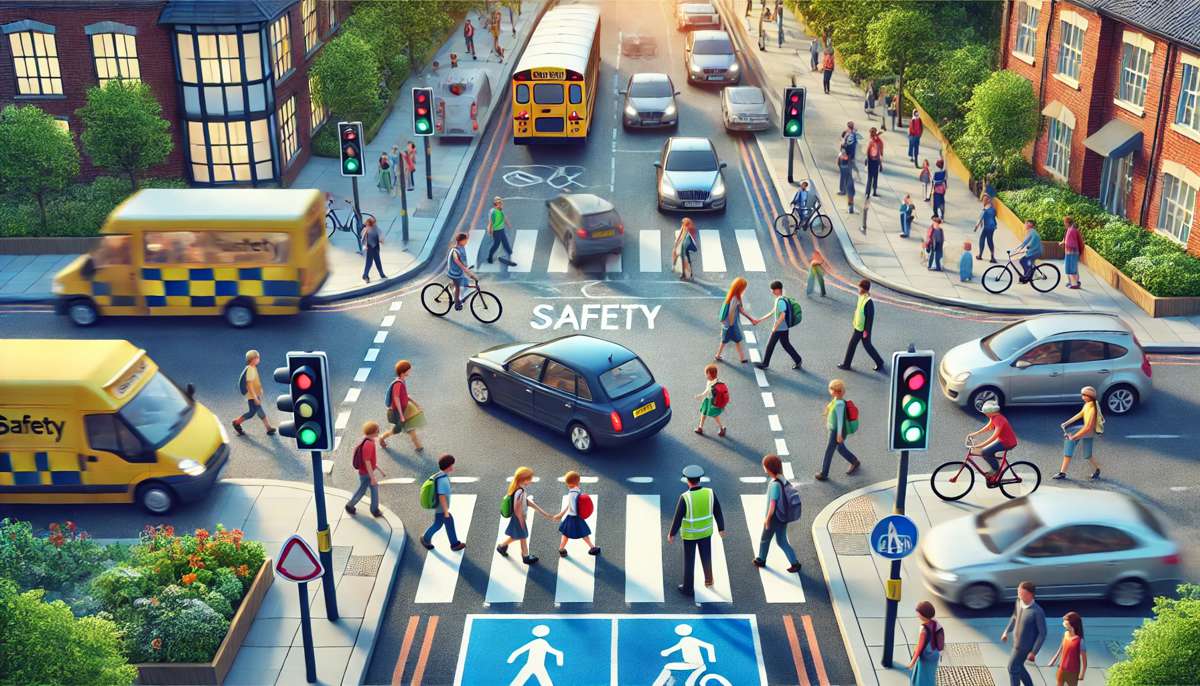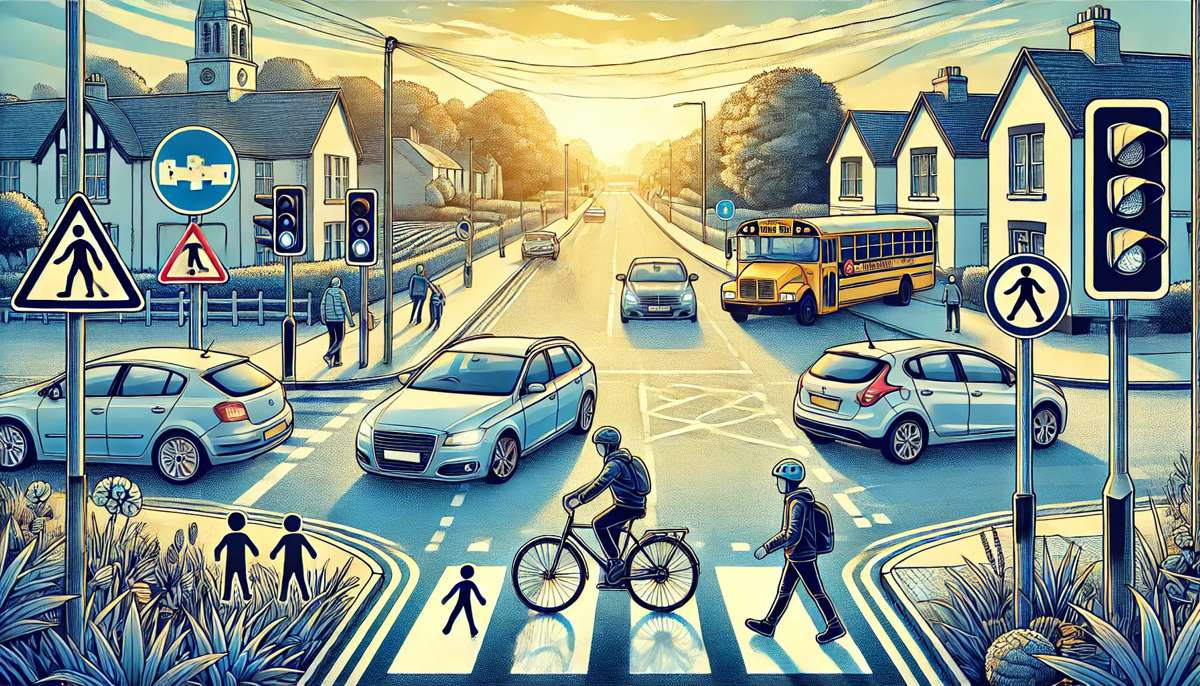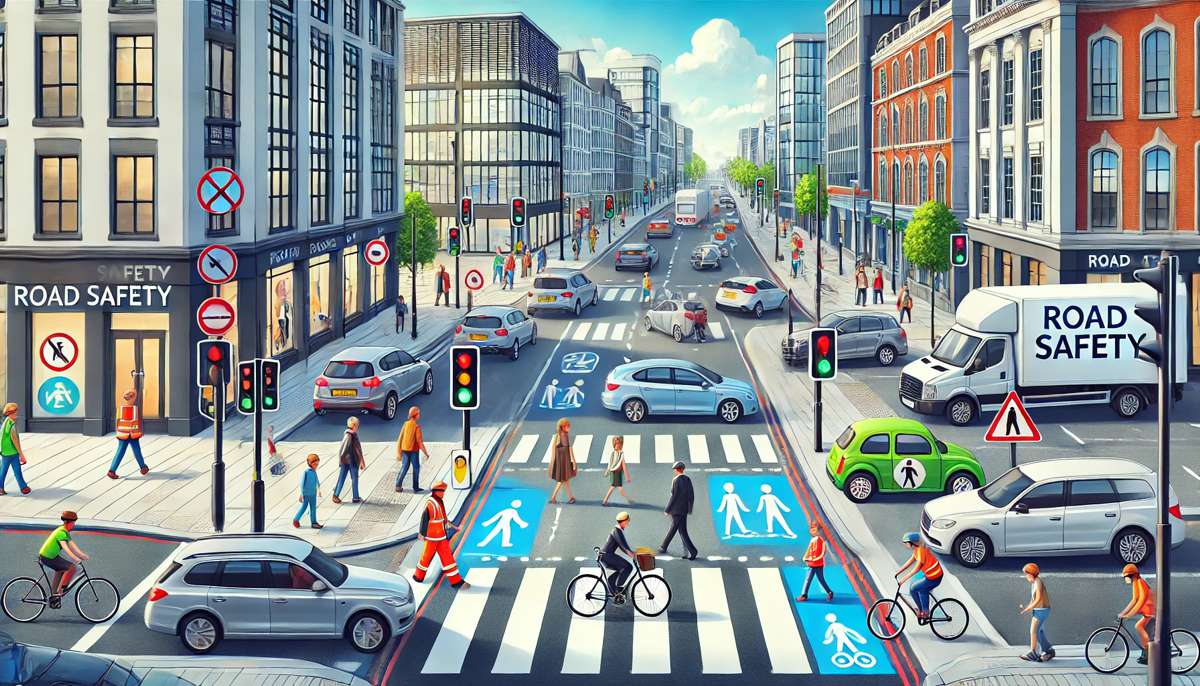The Five C’s Needed to Reduce UK Road Mortality Rates
The UK, once a global leader in road safety, now finds itself lagging behind other European nations in reducing road-related fatalities and serious injuries.
A new report from the WJ Group, Making Vision Zero a Reality, sheds light on the challenges faced by the UK’s highways industry and outlines actionable solutions through its “Five Cs” framework.
Released during Brake’s Road Safety Week, the report calls for a united industry effort to address the nearly 30,000 annual deaths or serious injuries on UK roads—a statistic that’s barely budged in over a decade.
The State of UK Road Safety
Despite significant strides in the early 2000s, progress in reducing the number of people killed or seriously injured (KSI) on UK roads has stagnated since 2010. While government data indicates a marginal improvement during the pandemic due to decreased traffic, the long-term trend remains concerning.
A roundtable hosted by the WJ Group earlier this year convened 15 senior professionals from across the highways sector. The unanimous consensus? The UK’s road safety measures have become outdated, hampered by funding cuts, fragmented strategies, and inconsistent implementation. Participants emphasised the urgent need for decisive, collective action to achieve “Vision Zero”—the ambitious goal of eliminating all traffic fatalities and severe injuries.
Wayne Johnston, CEO of WJ Group, didn’t mince words: “If we continue this trajectory, members of the public are still at risk each and every time they use the road network. It is our duty to mitigate this and create a safe environment for everyone.”
Key Contributors to the Crisis
Roundtable attendees pointed to a mix of factors driving the UK’s stagnant KSI rates:
- Dangerous driving and human error, which remain significant but not sole contributors.
- Poor design, maintenance, and management of road infrastructure, which exacerbate the risk of accidents.
Many of the incidents discussed could have been avoided or mitigated through better planning and execution.

Introducing the Five C’s Framework
In response to these findings, WJ Group developed the Five Cs—a strategic blueprint designed to guide the highways industry toward safer roads.
Here’s how they stack up:
1. Culture: Putting Safety First
A safety-first culture must underpin every decision made within the highways sector. Borrowing a page from aviation, where any safety lapse is treated as catastrophic, the industry needs to adopt a mindset where safety is non-negotiable. This cultural shift requires:
- Prioritising safety at every project stage.
- Ensuring all stakeholders view safety breaches as critical failures.
“Safety needs to be the heartbeat of every decision,” Johnston stressed.
2. Centralisation: Unified Data for Unified Action
The highways industry suffers from siloed data. Key information about road safety is scattered across various databases, making it difficult for authorities and contractors to learn from one another. Centralising these resources would:
- Create a robust knowledge-sharing platform.
- Allow continuous improvements based on shared experiences.
A centralised system could also foster better collaboration between councils and contractors, streamlining the implementation of safety measures.
3. Creativity: Innovating for Safety
Technology holds untapped potential for making roads safer. By leveraging innovations in asset management, the industry can:
- Bridge the gap between efficient infrastructure management and safety outcomes.
- Deploy measurable, tech-driven safety interventions.
From smart signage to AI-enabled traffic monitoring, creative solutions can make safety improvements both cost-effective and impactful.
4. Conflict: Resolving Competing Priorities
Road safety often competes with other priorities, such as noise reduction or budget constraints. Establishing a baseline safety standard across the industry would help address these conflicts. The Safe Systems Approach, which integrates design and management best practices, could:
- Ensure safety isn’t side-lined by competing concerns.
- Offer a balanced framework for making difficult decisions.
5. Collaboration: Shared Success Stories
No single entity can achieve Vision Zero alone. The report emphasises the need for structured collaboration, where successes are documented and shared widely across the industry. This approach includes:
- Facilitating forums for open dialogue.
- Recognising and implementing proven strategies from diverse stakeholders.
Johnston added: “By recognising and implementing learnings from ‘Making Vision Zero a Reality,’ we as an industry can take small and simple steps that will greatly impact road safety.”

Learning from Global Leaders
The UK can draw inspiration from countries that have made significant strides in road safety. For instance:
- Sweden’s Vision Zero policy, which integrates strict road safety measures with urban planning.
- The Netherlands’ focus on separated cycling infrastructure, reducing vehicle-bicycle conflicts.
Adopting and adapting these strategies could provide a much-needed boost to the UK’s efforts.

Vision Zero
Achieving Vision Zero is no small feat. Critics argue it’s more aspirational than practical, but the Five Cs offer a pragmatic pathway to progress. By addressing systemic flaws, leveraging technology, and fostering a culture of collaboration, the industry can significantly reduce road-related fatalities and injuries.
Johnston summed it up aptly: “Strategies like Vision Zero should not be considered unachievable. Using years of expertise, we’ve created a blueprint that allows the industry to implement change without significantly increasing budgets.”

A Safer Road Ahead
The road to Vision Zero may be long, but it’s not impossible. With actionable insights from WJ Group’s Five Cs framework, the UK’s highways sector can reclaim its status as a global leader in road safety.
By working together—sharing knowledge, prioritising safety, and embracing innovation—the dream of zero traffic fatalities could transform from a distant hope into a tangible reality.




















